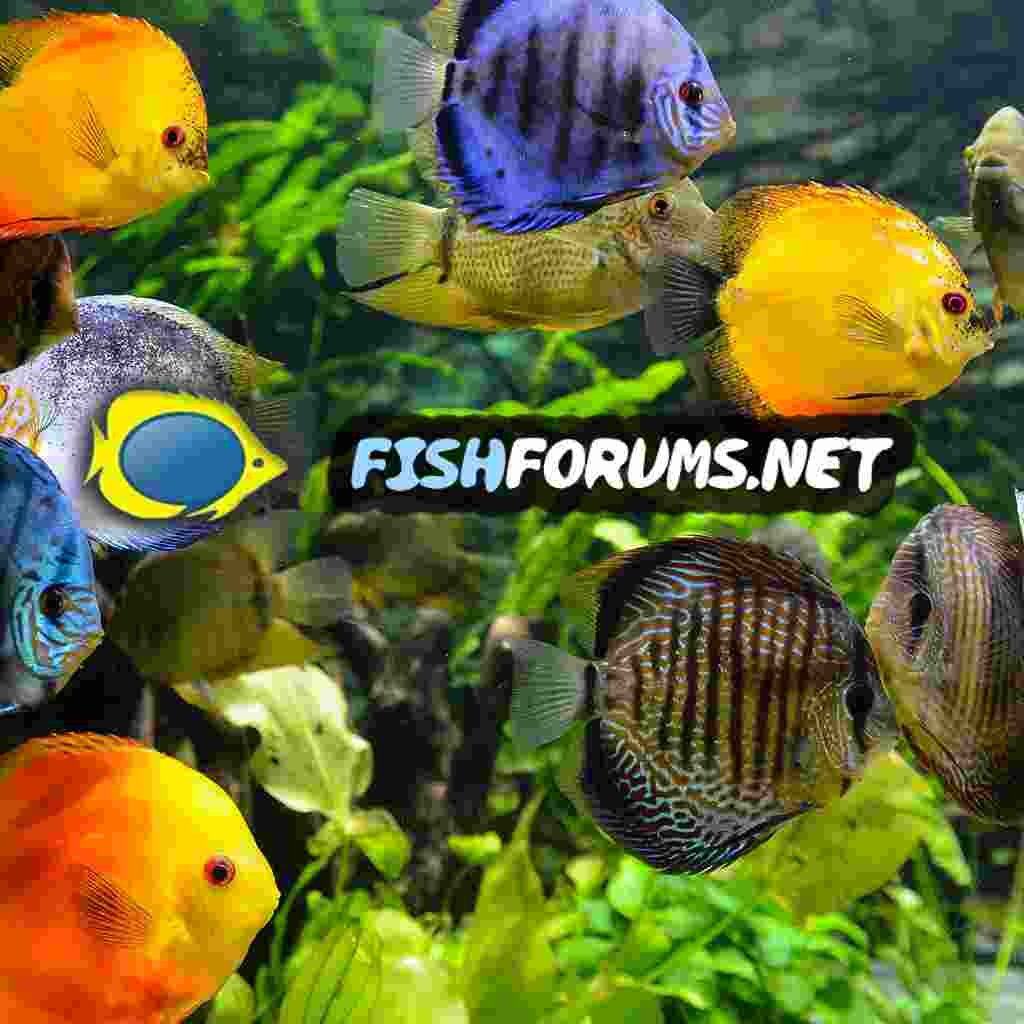Hi all- I'm getting discouraged with my efforts to breed. I've tried several times to breed green fire tetra (Aphyocharax rathbuni) with no luck. Also tried several times to breed CPDs with no luck. The fish themselves are all healthy and happy, but either they're celibate or I can't find the eggs before they get eaten. I am also keeping crystal red shrimp and tangerine shrimp but neither seem to want to breed.
On the other hand, I can't stop the kribensis from breeding, or the black bar endlers or the red something-or-other endlers. My neocaridina (cherry) do well and Oh- my black mollies breed well enough where some of the fry live to adulthood without getting eaten (my big tank is FULL of plants, so the kribensis and the mollies (yes, the mollies live in a relatively soft water tank- AND breed LOL) fry can find places to hide). However, I'm not TRYING to breed any of these, they just manage to breed and keep their fry alive on their own.
I'm wondering how many times y'all had to try different fish before getting one to work? Maybe I just need to keep trying different fish. Maybe I'm trying ones that are too hard (although I heard that CPDs are super-easy....).
I have a trio of platinum bubble mollies with little blue eyes that look like gemstones. I'm going to try and breed them. I'm guessing live bearers in general should be much easier and heck, the black mollies bred without any help from me and in a tank with water softer than they generally like (the water here is super soft, but I add KH booster to ensure I get CO2 in the tank and I squirt a little GH booster in there sometimes, so it's not all that soft after all that and the fertilizer for plants).
I really want to try an egg laying fish. I'd really really like to breed tetras. I might start with glowlight or ember tetra- I've read they're easier than others, but I don't know.
What has your experience been, especially early on? Do you sometimes get discouraged? Should I keep trying different fish or quadruple/quintuple down on the ones I have to try different methods/conditions, etc?
On the other hand, I can't stop the kribensis from breeding, or the black bar endlers or the red something-or-other endlers. My neocaridina (cherry) do well and Oh- my black mollies breed well enough where some of the fry live to adulthood without getting eaten (my big tank is FULL of plants, so the kribensis and the mollies (yes, the mollies live in a relatively soft water tank- AND breed LOL) fry can find places to hide). However, I'm not TRYING to breed any of these, they just manage to breed and keep their fry alive on their own.
I'm wondering how many times y'all had to try different fish before getting one to work? Maybe I just need to keep trying different fish. Maybe I'm trying ones that are too hard (although I heard that CPDs are super-easy....).
I have a trio of platinum bubble mollies with little blue eyes that look like gemstones. I'm going to try and breed them. I'm guessing live bearers in general should be much easier and heck, the black mollies bred without any help from me and in a tank with water softer than they generally like (the water here is super soft, but I add KH booster to ensure I get CO2 in the tank and I squirt a little GH booster in there sometimes, so it's not all that soft after all that and the fertilizer for plants).
I really want to try an egg laying fish. I'd really really like to breed tetras. I might start with glowlight or ember tetra- I've read they're easier than others, but I don't know.
What has your experience been, especially early on? Do you sometimes get discouraged? Should I keep trying different fish or quadruple/quintuple down on the ones I have to try different methods/conditions, etc?



